A Second-Generation Springfield — The M1903A3
November 30th, 2021
6 minute read
During the first two years of the Second World War, America remained neutral. While the military forces of combatant nations around the globe continued to grow, the U.S. Military remained a surprisingly small force.
America’s military planners were gradually equipping U.S. troops with modern weapons, like the semi-automatic M1 Garand rifle, but no one was ready for the sudden, massive need for combat rifles after the Pearl Harbor attacks. By early 1942, the Arsenal of Democracy was ready to go to work and respond to the Axis threat with an unprecedented level of innovation and production.
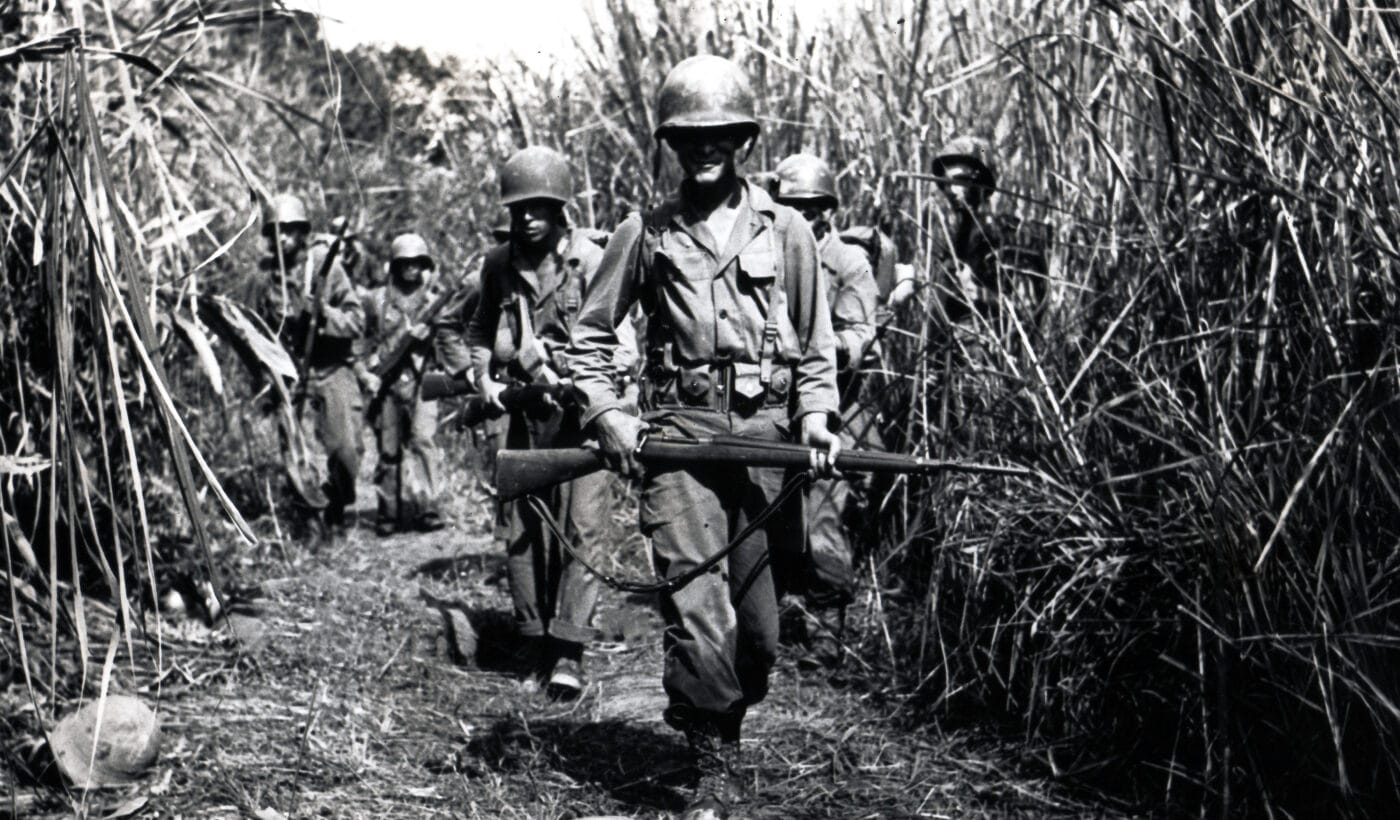
Born from a WWI Hero
After the Japanese attacks on Pearl Harbor and the invasion of Wake Island and the Philippines in December 1941, the ranks of the U.S. Military swelled dramatically. Stocks of existing M1903 rifles were quickly depleted to train and equip America’s fighting men. Meanwhile, production of the M1 Garand rifle (officially adopted in 1936) was still ramping up to meet demands.
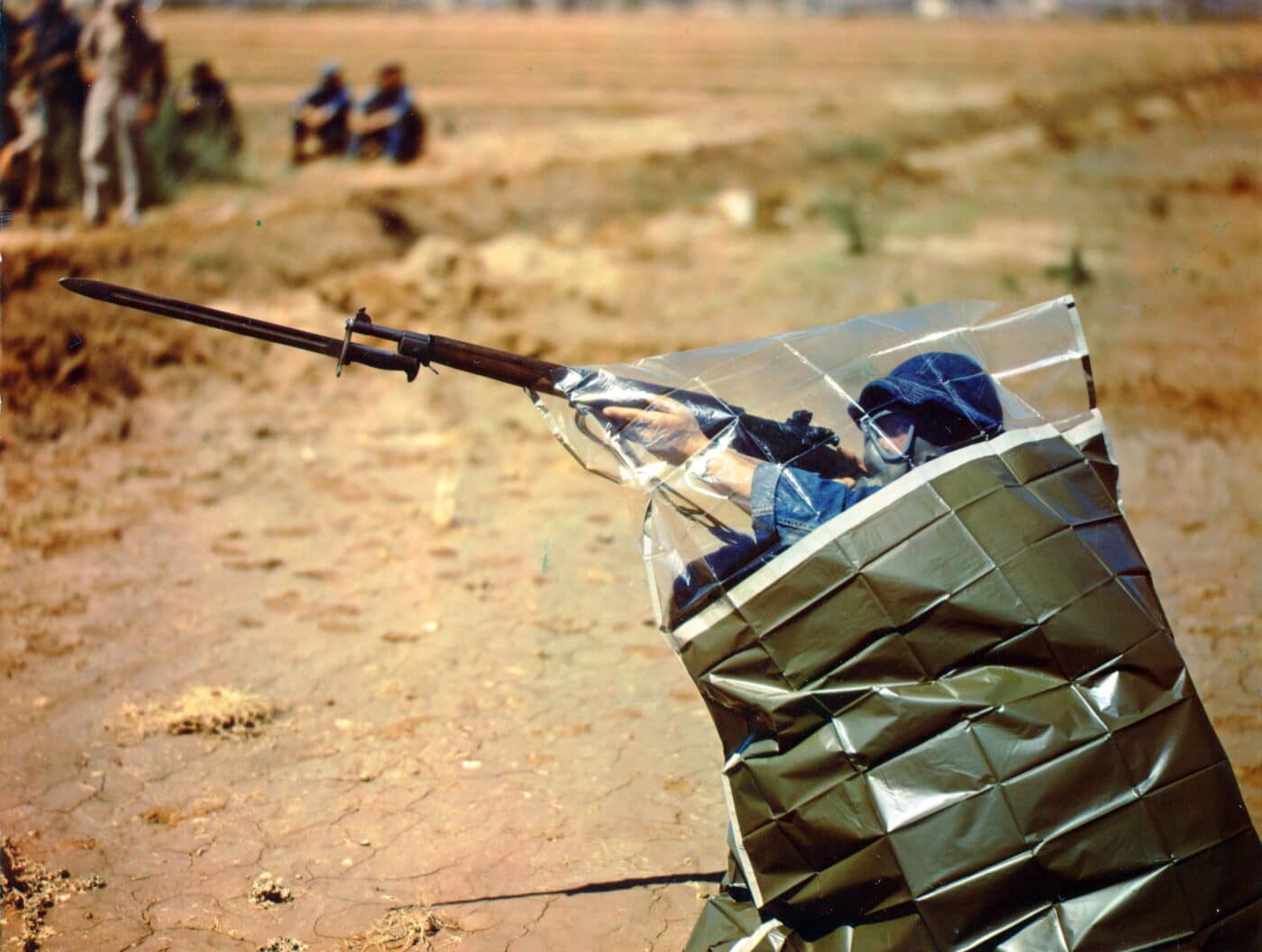
Remington had taken over M1903 production during September 1941, using well-worn tooling originally from Rock Island Arsenal. It was quickly apparent that the old tooling was wearing out, and that M1903 production needed a quicker, simpler, and less expensive solution. Many of the high-quality milled parts, so familiar on earlier M1903 rifles, began to be replaced with stamped components. Classic walnut stocks with finger grooves gave way to utilitarian straight-line stocks.
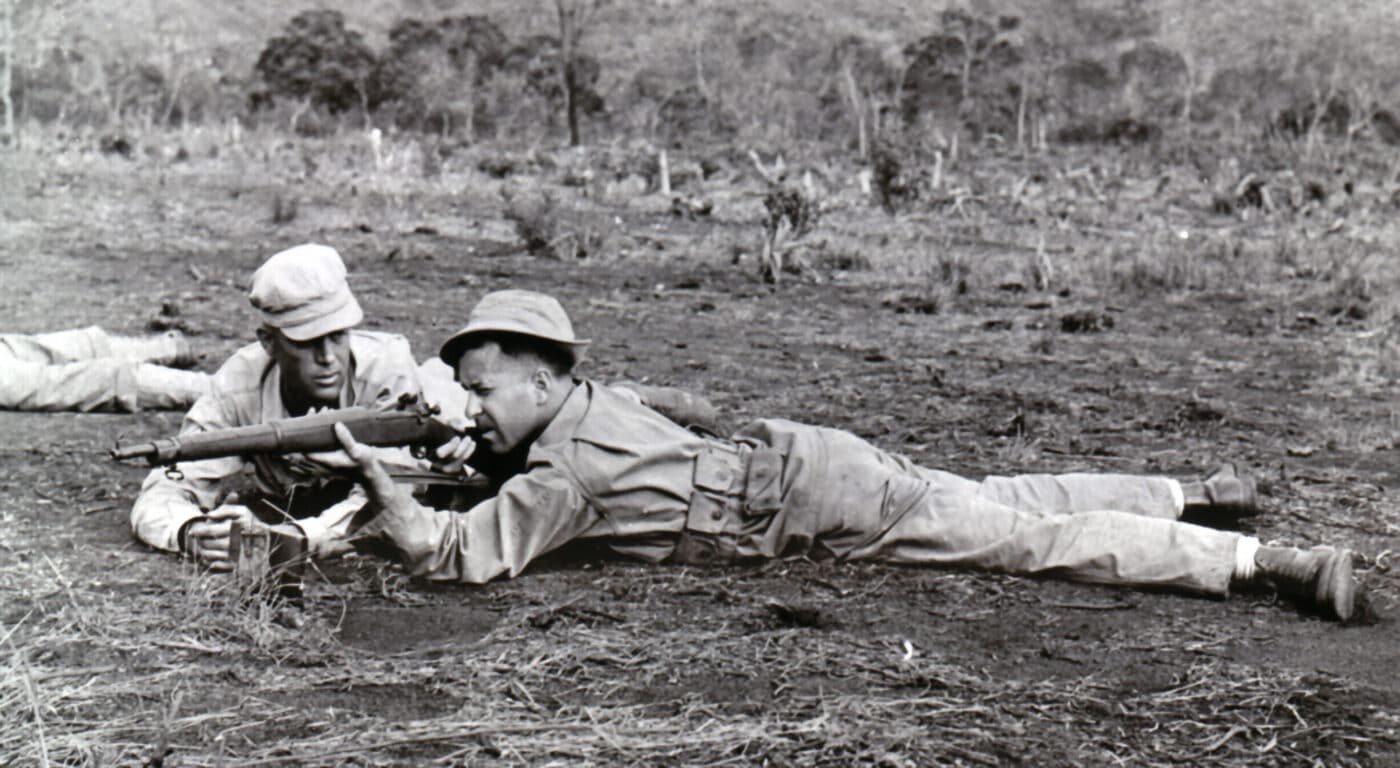
As the number of tiny changes mounted and the wartime production pressures grew, U.S. Ordnance decided to discontinue production of the M1903. Consequently, in May 1942, the new version of the Springfield Rifle was ready for production, and the U.S. Rifle, Caliber .30, Model of 1903A3 was born.
A New Battle Sight
Before the M1903A3, the Springfield rifle featured a precision rear sight mounted atop the barrel. While an excellent design, this sight was considered a bit too far forward and away from the shooter’s eye for maximum effectiveness, particularly in combat. To remedy this while simplifying production, the “03A3” was given a simple aperture (peep) sight, made of stamped metal and mounted on the back of the receiver.
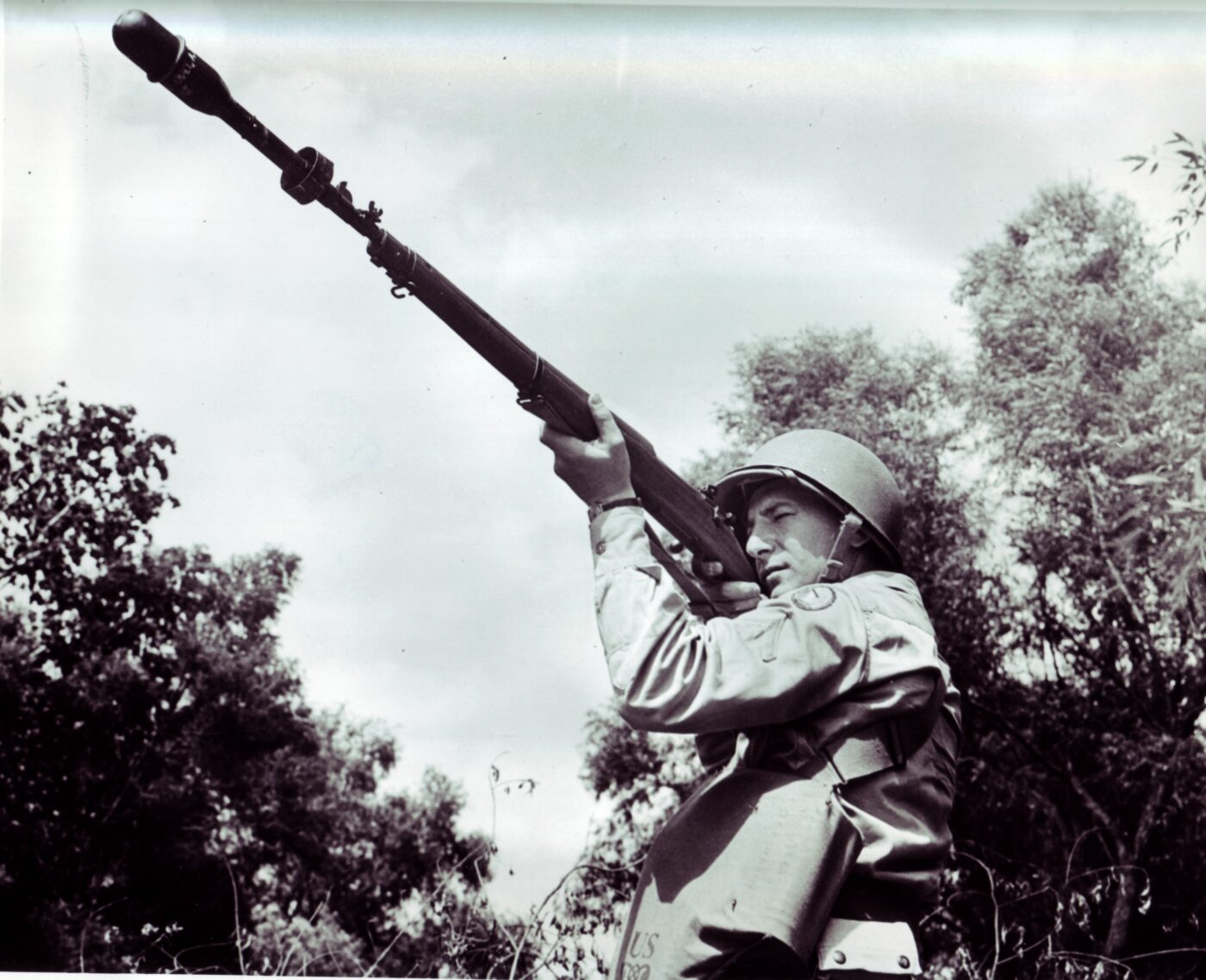
The new aperture sight was positioned closer to the eye and proved easier to use. It was also similar to the sight on the M1 Garand—providing greater familiarization for troops likely to use either rifle in combat. The new sight was popular with the troops, allowing the rifleman to quickly and easily acquire and reacquire the target. For marksmen, the M1903A3’s effective range remained at about 1,000 yards with the .30-06 cartridge. For the average soldier, the new sight kept him on target at more realistic combat ranges of 200-300 yards.
Emergency Concerns
As the war continued, machining and finishing operations continued to be abbreviated. The 03A3 barrels were simplified by replacing the original Springfield four-groove type with two lands and grooves. To preempt fears that this change to the barrel would affect accuracy, 03A3 rifles were often shipped with documentation that the two-groove barrels did not represent an appreciable decline in effectiveness.
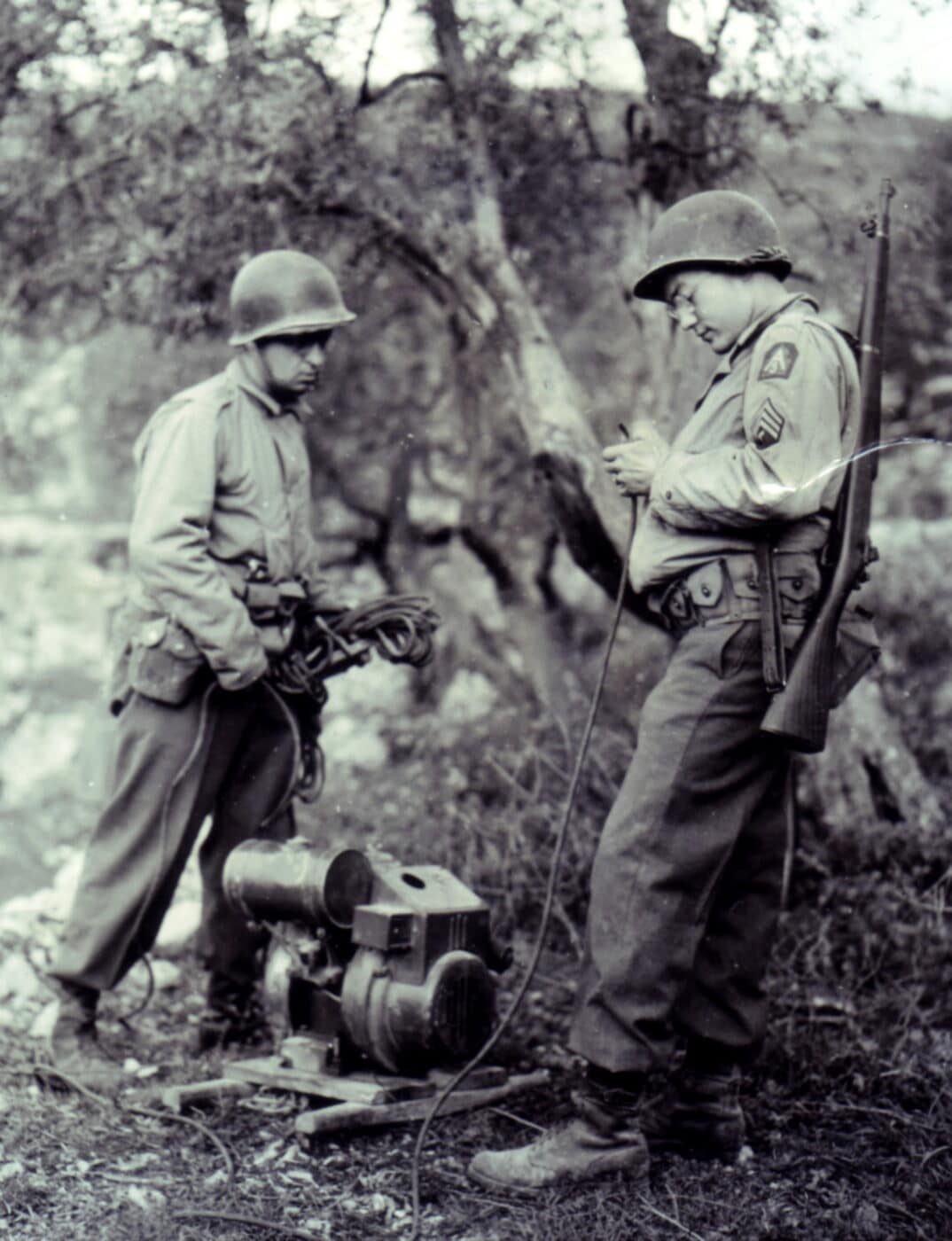
Occasionally, the modifications created solutions to problems with the original design. This was the case with the 03A3’s stamped cartridge follower, as its rounded edges were less likely to catch on the bottom edge of the receiver where it joined the magazine box. Also, the 03A3’s stock furniture parts were produced from stamped metal. In the end, replacing complex machined parts with more affordable and simple stampings had no impact on the rifle’s functionality, only on its cosmetic appeal.
A New Era
In the early part of the 20th century, small arms manufacturing offered a healthy dose of the gunmaker’s art, coupled with the recent advances in firearms technology. During the desperate days of World War II, combatant nations were faced with the harsh realities of mass production, influenced by the urgency of imminent invasion and shrinking finances. Several all-metal small arms, like the British Sten SMG and the US M3 SMG, were produced to address the issues of quicker production and lower cost. Troops often derided them for their “utilitarian” looks (a polite way of saying ugly), but they worked well, or at least well enough on the battlefield.
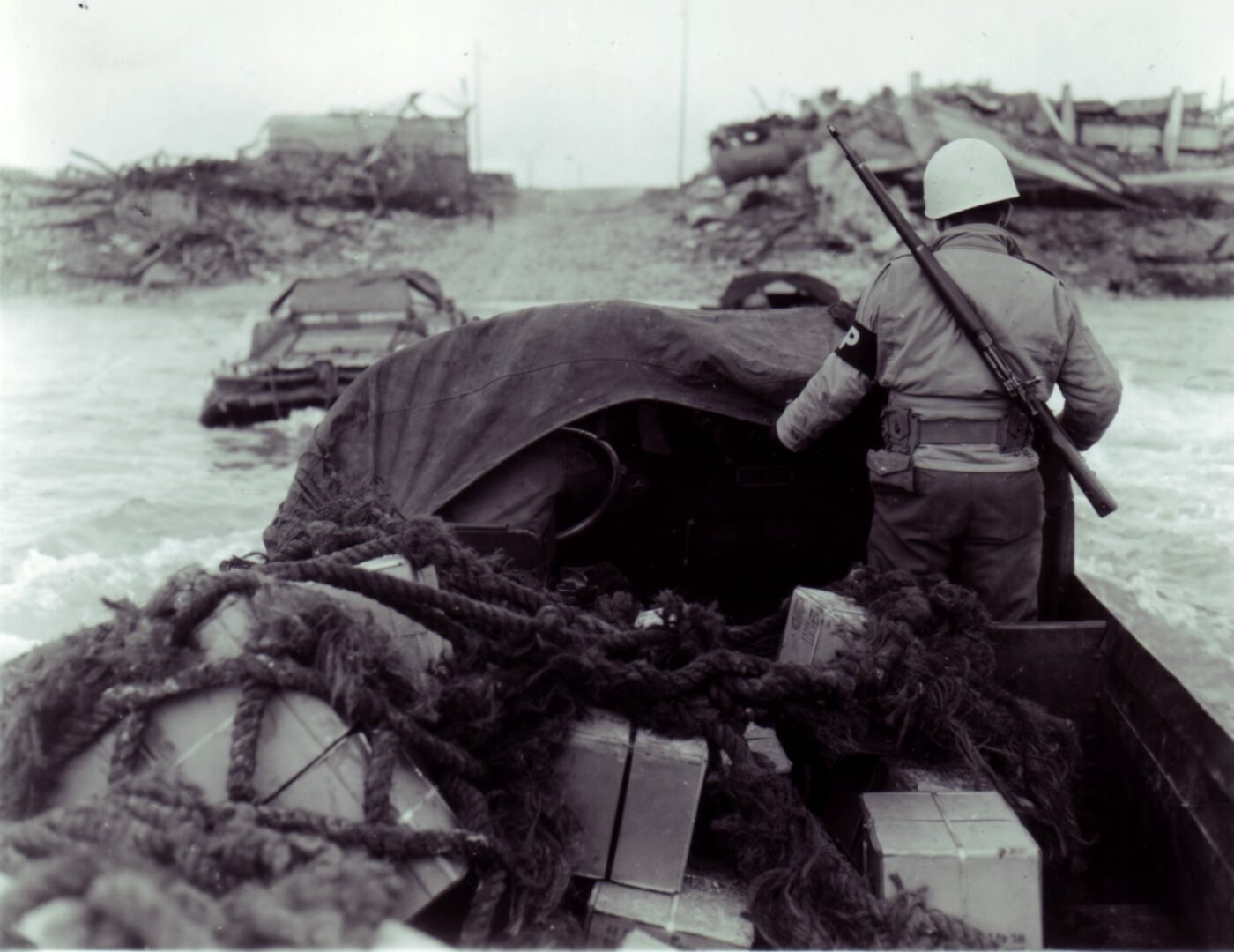
Famous rifles like the Mauser, Arisaka and Mosin-Nagant all witnessed changes to their once elegant manufacturing standards. The same was true with the M1903A3 Springfield rifle. Ordnance men of the time were often horrified at the “decline” in manufacturing standards, but ultimately the decline in beauty didn’t make the weapon any less effective.
In Combat
There has long been a misperception that the M1903 rifles were simply used for training during World War II. In truth, the Springfield rifles, including the M1903A3s, played a significant role as combat weapons. While there more than six million M1 Garand rifles made, their distribution to American combat troops was often uneven, well after the M1 was in full production. Many Marine and Army units fielded a combination of M1 and M1903 rifles well into 1944, and many combat engineers, artillerymen and MPs carried the Springfield rifles until the end of the war.
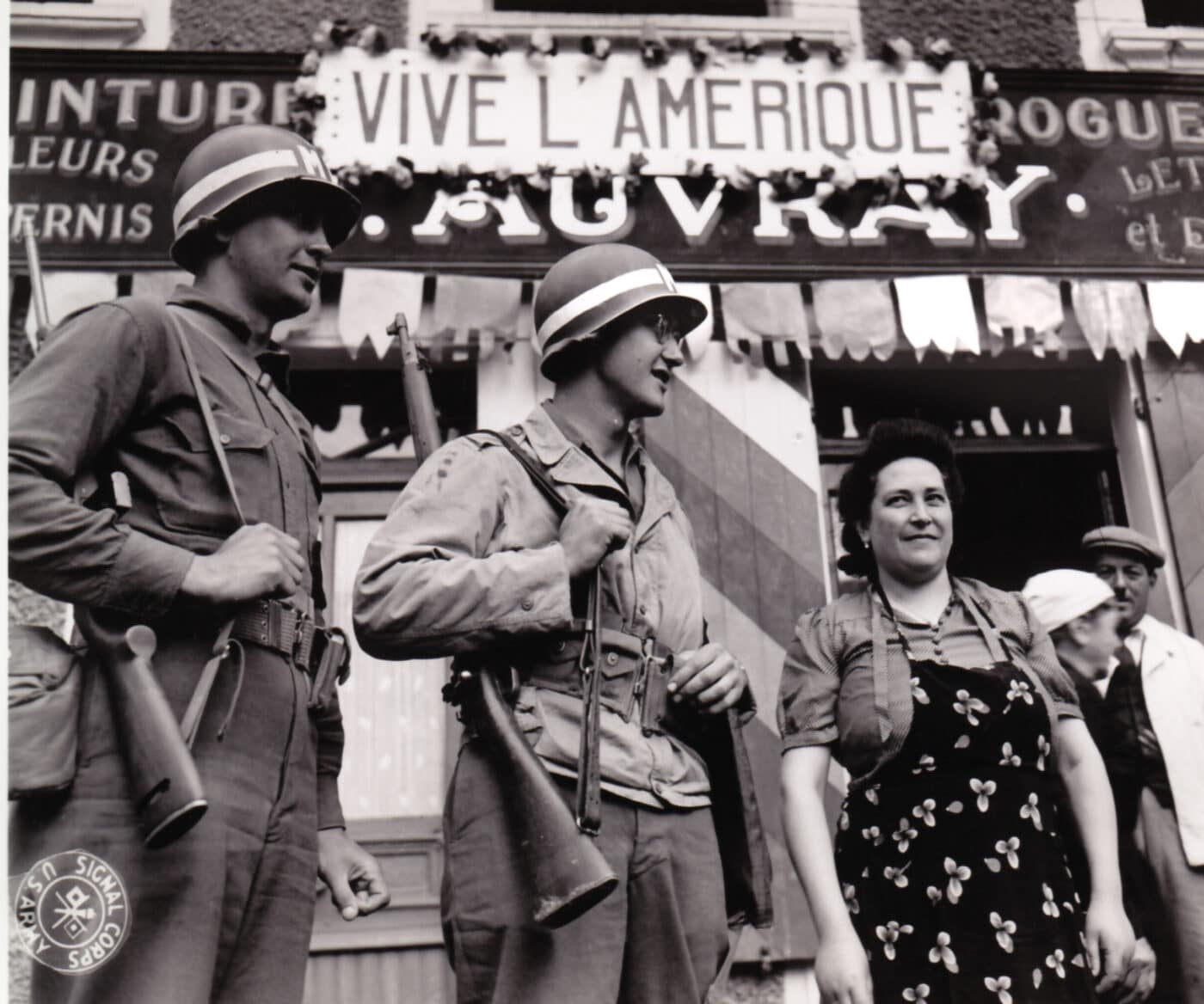
One of the primary reasons why the M1903 rifles continued to serve alongside the M1 Garand in the war’s final 18 months was due to the 03’s grenade launching capability. The M7 Grenade Launcher fitted to the M1 rifle disabled the Garand’s semi-auto firing capability. With the M7 launcher in place, the Garand could only be fired by cycling the action by hand. The bolt-action M1903 rifles used the M1 Grenade Launcher and operated normally while the clamp-on launcher was attached. Using the M1903 as a grenade-launching rifle allowed U.S. infantry squads to maintain their rifle firepower, with one man easily switching between grenadier and rifleman simply by changing ammunition.
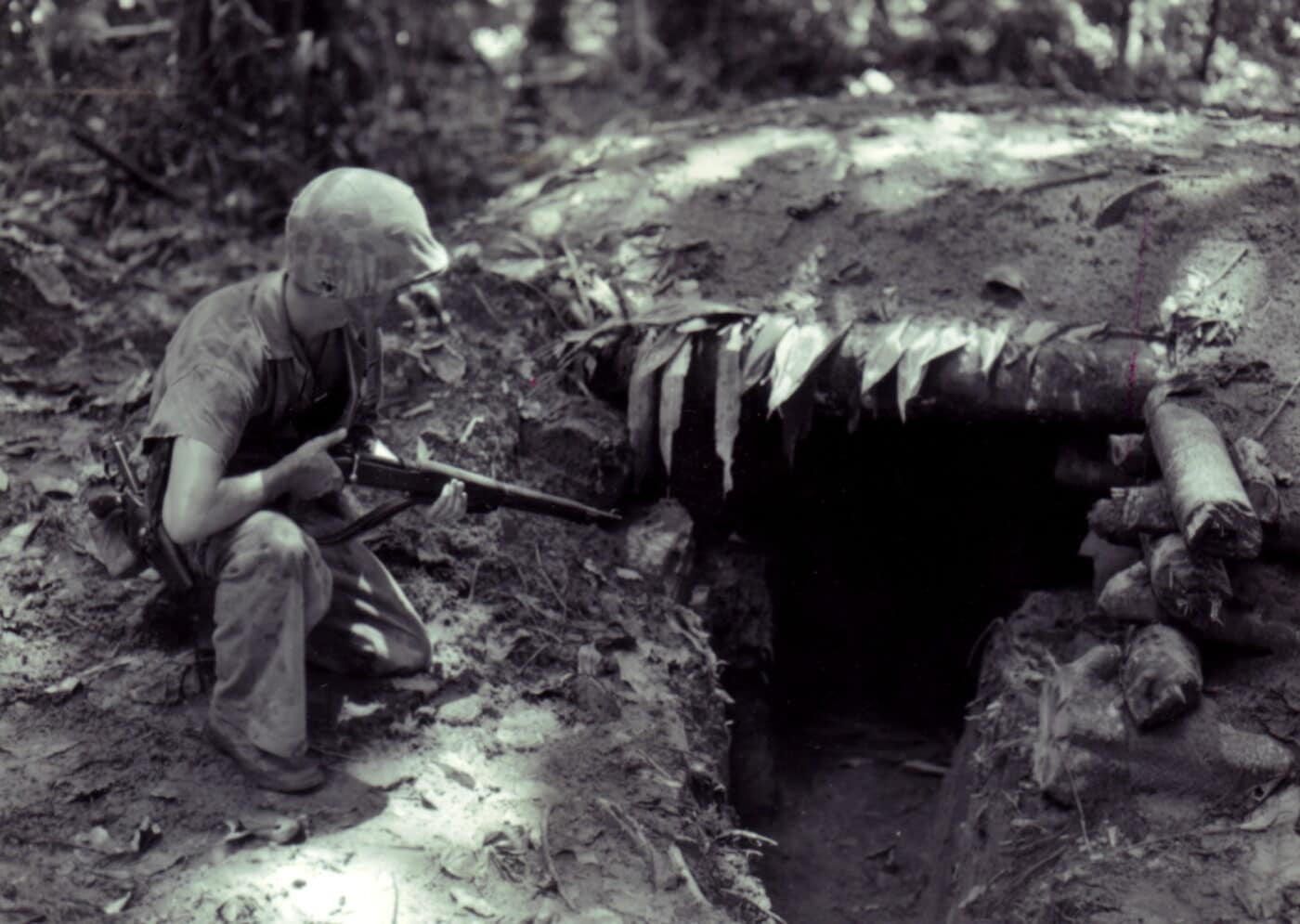
The M1903A3 was also the basis for the M1903A4 Sniper Rifle, which replaced the rear peep sight with a Redfield scope mount for a telescopic sight. Officially adopted in 1943, the “03A4” sniper rifle served U.S. and Marine units through the end of World War II, and saw some use in the Korean War as well.
Editor’s Note: Please be sure to check out The Armory Life Forum, where you can comment about our daily articles, as well as just talk guns and gear. Click the “Go To Forum Thread” link below to jump in and discuss this article and much more!
Join the Discussion
Continue Reading
Did you enjoy this article?

 254
254






